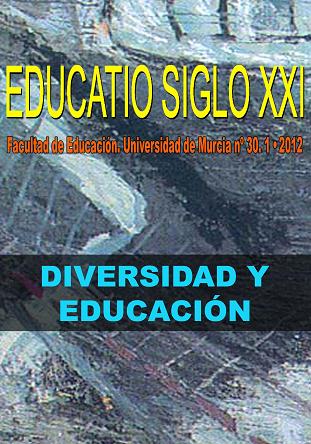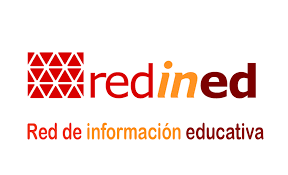Reflections and doubts on autism spectrum disorders and their education
Abstract
From these lines, without having the certainty of many things and doubtful many others, are trying to bring reflections on «eternal novelty» which represents the autism spectrum and their education, aware that the task is not easy.
Sometimes, the fact of having dedicated some time to learn about the characteristics of people with ASD and their education, has been able to generate an attitude of self-sufficiency or disappointment. Faced with this situation, it is necessary to not ignore the point of departure, the current situation and, above all, not desist in the effort to find most successful responses. To this end, it is convenient to talk more to know what are talking about, if we talk about the same, and a scientific doubt many things and be willing to give up false truths attitude that seemed that they had already acquired.
You should not be forgotten that the history of the treatment of autism spectrum they have been doing many conjectures regarding the causes of it trying to answer many questions. Such a situation, has sometimes led that it is could not begin to work being targeted.
The content of this article, in short, aims to highlight that the best way to respond to the needs of the people in the autistic spectrum, must be, essentially, based on learn to recognize the individuality of each person to assess their capacity and competence in order to facilitate their education and facilitate their participation in social development.
Downloads
-
Abstract955
-
PDF (Español (España))2747
Original work publishes in this journal is subject to the following terms:
1. Murcia University Press (the publishing house) holds the copyright of the publishes work, and favours and allows their reutilization under the use license stated in point 2.
© Servicio de Publicaciones, Universidad de Murcia, 2015
2. Work is published in the electronic edition under a license (Creative Commons Reconocimiento-NoComercial-SinObraDerivada 4.0 España (legal text). They can be copied, used, disseminated, transmitted and publicly presented, as long as: i) authorship and original publication source is acknowledged (journal, publishing house and URL of the work); ii) are not used for commercial purposes; iii) the existence and specifications of this use license is stated.
3. Conditions for self-archive. Authors are allowed and encouraged to disseminate electronically the pre-pint (before review) and/or post-print (accepted for publication) versions of their work before their publication since that favours earlier circulation and dissemination resulting in an increased chance for the authors to be cited and for the work to reach a bigger share of the academic community. Colour: RoMEO: green.







